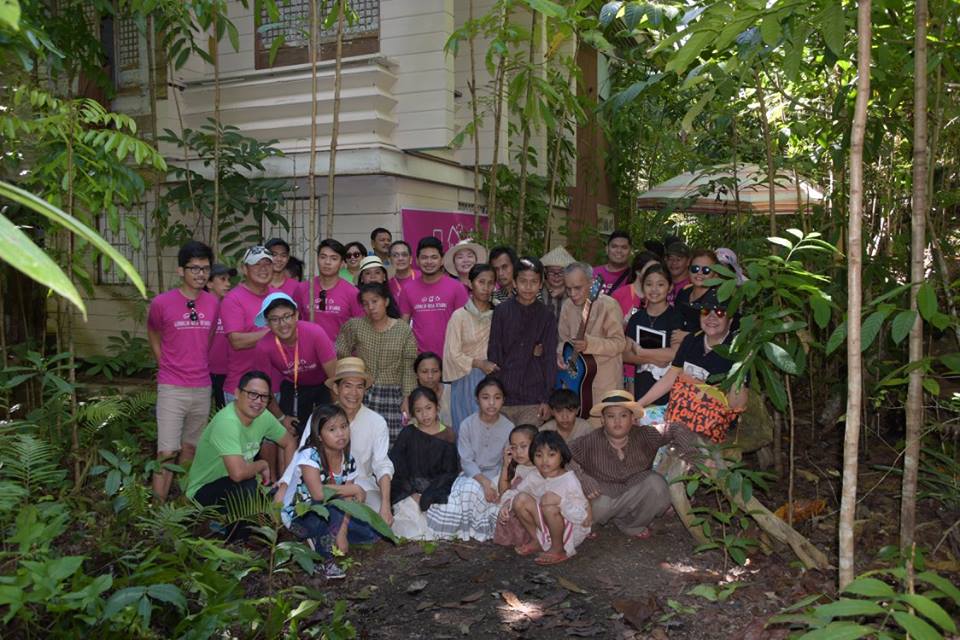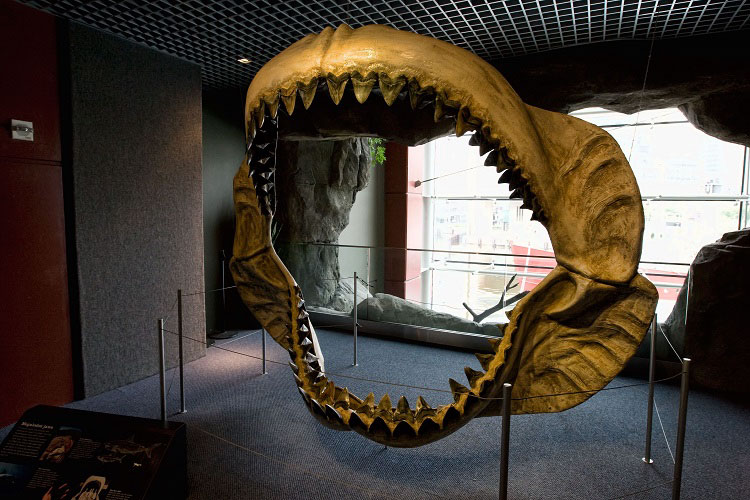Text and photos by COOPER RESABAL
[metaslider id=36188]
MARIBOJOC, Bohol—Summer is officially over as declared by Pagasa this week. Yet homecoming Boholanos here are still in a frenzy attending fiestas, school, clan and neighborhood reunions, and Flores de Mayo activities, that is, at least until the end of May.
Aside from renewing bonds, such gatherings here are often occasions for the young and old to go back to their roots and refresh their memories about cultural heritage and traditions.
Young Boholanos watched Emma Tambis, in her mid-forties, pound rice the traditional way with a “lusong” and “awho” (wooden mortar and pestle) as an elder explained that not too long ago, their ancestors had to do this first before they could cook rice since there were no rice-mills then.
This demonstration was part of cultural scenarios at the recent reunion of the Gervacio-Rosa Resabal clan at the ancestral house grounds in the village of Toril. The program also included singing of local ditties, serving of heritage sikwate (chocolate), tuba and snacks, visits by descendants to their ancestors’ resting places, dining, dancing and parlor games.
Spectators broke into laughter as a young rice pounder or winnower spilled rice in her attempt to follow the process Tambis just demonstrated.
“I feel nostalgic about the days when we used to sing those (Boholano) songs, pound rice and drink sikwate in our lola’s house,” Alex Anaviso, a grandson of village co-founder Gervacio Resabal, said. (Anaviso is now a businessman based in Davao Oriental in Mindanao.)
Merle Morgia Valles, a great grandchild of Resabal who works in Congress in Quezon City, sang the funny travails of a coconut pilot (tuba gatherer), while Mercy Anaviso blurted out her memories of the “lagkaw,” a small hut near a rice field.
Others gazed with amazement at antique wooden plows, rice and corn mills, and an old sungkaan in the former rice stockroom on the ground floor, and landscape paintings of Bohol by clan descendant Procopio Resabal Jr. on the second floor of the art deco-inspired ancestral house that survived the 2013 tremor.
The clan members attended the first Mass celebrated in the newly built Virgen de los Remedios chapel in Toril village after the original one that was built in 1927 collapsed as a result of the 2013 earthquake. They contributed much needed logistics and other materials like the chandeliers and fans to hasten the completion of the structure.
Salome Zapanta, another granddaughter in her 70s now based in Florida, US, shed tears upon seeing for the first time the ruins of Maribojoc town’s Sta Cruz Church and St. Vincent High School where she graduated. “We had a lot of good memories there; now they are in ruins.” (The structures collapsed following the intensity 7.2 earthquake of Oct. 15, 2013. The church is now being rebuilt.)
“In our clan reunion in Duero town, we asked the young not only to pound, but even to plow the field and plant rice because we noticed that they have been disconnected from these vital cultural production processes,” Raine Calimbayan, a professor at the University of Bohol (UB), said.
A team from her university earlier conducted a cultural mapping workshop with Toril, Maribojoc barangay officials, women, senior citizens and Bol-anon Village Cultural and Nature Tours coordinators as a step to strengthen the area as “an eco-cultural tourism destination.”
Jica Ceszaraine Pacatang, a team member, pointed out that each town or barangay has its own special cultural heritage—tangible or intangible—that needs to be conserved for the young Boholanos to appreciate.
In interpretive tarpaulins of the Bol-anon Village Cultural Trails Program, it was pointed out that finalizing the cultural and nature trails script or program in an area, and producing a management plan would follow the mapping process.
At the Gervacio/Rosa Resabal ancestral house, village folk mapped out built-structures, production tools, oral traditions, crafts, rituals, festivals, recipes, cuisine, social customs and heritage contributions of personalities in the area.
A day after the workshop, seven UB students experienced the cultural and nature trails of the Bol-anon Village Cultural Trails that opened with a cultural scenario involving songs about life in the village by folks in 1900s attire. This was followed by a demonstration on the making of the puso (hanging rice) by village elder Nang Aming Baldecana.
The group led by Reigee Eva Maglajos Oclarit was then shown a process that traces a calado wood pattern from an ancestral house as a way of preserving its design, and made to sketch a scene that struck them in the cultural trail.
For lunch, Bol-anon village cook Melyn Borcelas served “heritage dishes,” like sarsiadong manok bisaya, humba Boholana, law-oy baka sinabaw, and side dishes like talong and tomato salad with coconut milk.
In the afternoon, the students went on a nature trek. They had to cross a river on a traditional bamboo bridge with only one handle. Amakan maker Rico Calapuan demonstrated how to make the diamond wall design using bamboo strips as part of that activity.
They then proceeded to the Fisherfolks Trail along the Abatan River where they toured the enchanted 100-year-old Postan mangrove forest, and got a glimpse of fireflies along the way. One student even managed to catch a fish without a bait!
Indeed, cultural mapping, as Pacatang said, could encourage community participation in determining and eventually conserving “the full heritage picture that is our identity.”

